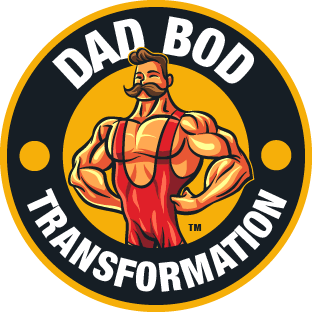Any properly structured diet plan works and the superior one does not exist – diet plan should become a lifestyle and that’s your ultimate goal. Once you’re able to follow one that can produce results, like health and physical improvements – you’re on the right track.
In a nutshell, this diet is generally focused on carbohydrate reduction, meaning that carbs are the key component to get in Ketosis and use stored fat as your primary energy source, instead of glucose – while this process is made in the liver, our brain is the one that makes this so-called switch.
Getting into Ketosis:
The fastest way to get in Ketosis is to drop all of your carbs for 72 hrs and you’re there, within the 3 days your body will utilize all the glucose and once the levels are low enough, your brain will have no choice but to search for the alternate source of energy and that is stored body fat. This is completely natural, that’s the way how our body works, Ketosis also occurs in fasting, pregnancy, we’re even born in Ketosis (infancy) our brain is being developed properly because of that. Once you’re in Ketosis there is the next step and that is Keto Adaptation and your goal.
Cold Turkey or Gradual Carb Reduction:
The Cold Turkey method works, but if you’re on a Western Diet or any other diet where your carbs are higher, I would highly recommend that you reduce them gradually to avoid side effects and one of them is sugar withdrawal. This is also why some people stop and choose not to proceed with the diet.
Let’s say that you’re consuming 200g, the carb reduction should be phased out by 30g per week.
- Week 1: 200g
- Week 2: 170g
- Week 3: 140g
- Week 4: 110g
Keep going until you reach just under 50g. The good thing about this is that your plan will start working after the first week and weeks to follow, but the full benefits will be achieved after your body gets into Ketosis and even more once Keto Adapted as mentioned above.
The last method isn’t something you will readily find online and not many people even write about it – I was fortunate enough to gain access via foundation site for Ketogenic Therapies.
Keto Variations:
There are several variations available and most people will go for the high-fat, also known as Classic Keto, but it doesn’t have to be high-fat works but high-protein. This does a much better job if your goal is to preserve and build muscle while losing weight and one that I practice for a long time and after all, who doesn’t want to look more muscular?
Calories and Macronutrients:
Calories matter and just like on any other diet, the deficit is for the weight loss and surplus is for the weight gain, so that part does not change. You would also want to track your food daily and that implies. If your goal is more toward the athletic body your protein should be the highest, how much that is really up to you, but a gram/lb is good and if you’re already fit enough 1.5g/lb, fats, 0.5g/lb and for those that are fitter 0.75g/lb, and carbs are always under 50g total per day. And remember, once you’re Keto Adapted, you don’t have to stay in Ketosis all the time, therefore you can afford more carbs on selected days.
Food Choices:
For the best results, proper Keto is “clean” and healthy Keto. Make sure that you have plenty of veggies; they will be your only and indirect carbohydrate sources but also nuts like almonds and walnuts.
Examples only, I am not including them all.
Protein should be from various sources such as eggs, chicken or turkey breast, lean red meat, fish, whey isolate and egg protein powder.
Healthy fats are found in walnuts, cashews, almonds, avocados, whole eggs, extra virgin olive, macadamia, virgin coconut oil, and peanut butter. Make sure that nothing is added as some brands will use sugar.
Keto as a Lifestyle:
Keto can indeed be a sustainable lifestyle, I am the proof, just like many others out there and this is 100% individually based if you are comfortable with it after you reach your goal. You can continue and if not, you can adjust your macros and build your own easily and this is how it is done and it’s pretty similar to a gradual carb reduction, only this time you would increase it by 30g each week until you find your sweet spot. This means that you increased your carbs high enough where you’re not gaining fat, in translation, this is a low-carb maintenance mode.
- Week 1: <50g
- Week 2: 80g
- Week 3: 110g
- Week 4: 140g
Now, I also would like to note that carb amount reduction/increase isn’t set in stone and only a general template and on a case-by-case basis.
Emil Uzelac – Founder of Dad Bod Transformation
